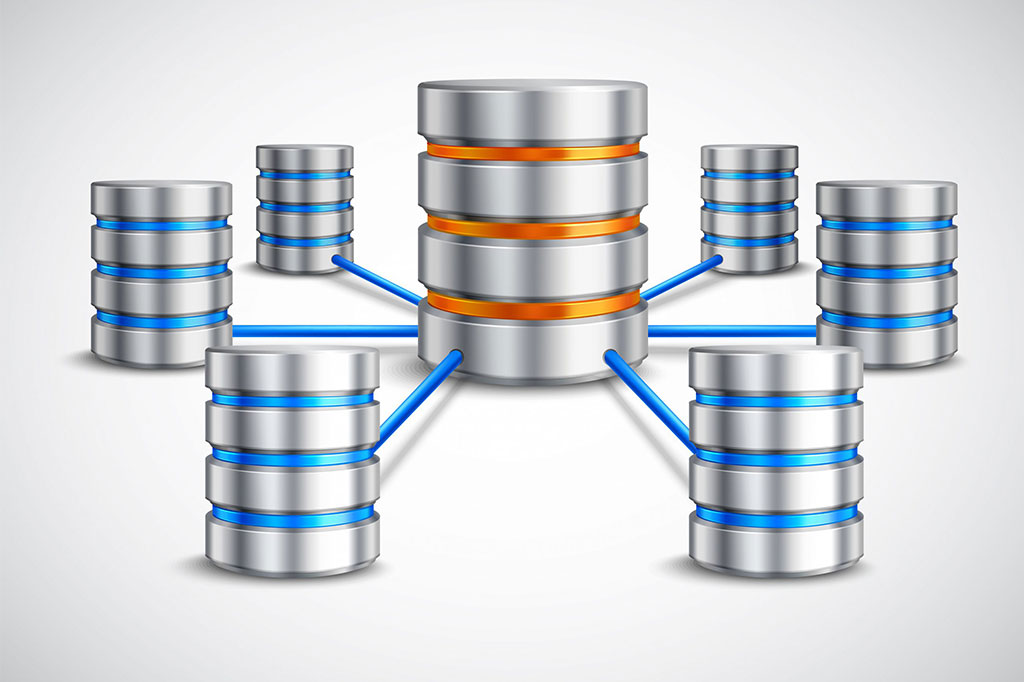
Introduction: Blockchain technology has revolutionized the way data is stored and shared. One of the key features of decentralized blockchains is the distribution of data across a network of nodes.
How is a blockchain stored?
- A blockchain is stored in a decentralized network of nodes.
- Each node maintains a complete copy of the blockchain.
- The blockchain is stored as linked blocks of transactions through cryptography.
Where are blockchain nodes maintained?
- Blockchain nodes can be maintained by individual participants, companies, or even specialized organizations.
- Nodes can run on personal computers or dedicated servers.
- The geographical location of nodes can be diverse, contributing to network decentralization.
Creation and maintenance of blockchain nodes
- Anyone can set up and maintain a blockchain node.
- Participants can join mining pools to combine resources and maintain nodes collectively.
- Companies and specialized organizations can offer node services as part of their business model.
Consequences of not maintaining a node
- If a participant stops maintaining a node, their copy of the blockchain becomes outdated.
- However, the network of nodes continues to function and validate transactions.
- Other nodes will maintain the integrity of the blockchain, and the participant can rejoin at any time to synchronize their node.
Number of nodes required to validate a blockchain
- The number of nodes required to validate a blockchain varies based on the design and consensus rules of each blockchain.
- Some blockchains require a minimum number of nodes to achieve consensus and validate transactions.
- Decentralization is strengthened when there is a wide geographical distribution of nodes.
What happens if two blockchains are on different nodes and one has not been updated?
- If there are two blockchains on different nodes and one of them has not been updated, a fork occurs in the blockchain.
- The fork can happen due to differences in the implementation of updates or consensus rules among the nodes.
- Nodes that have not been updated will continue to operate with the previous version of the blockchain, while the updated nodes will work with the new version.
- This creates two independent and divergent blockchains, each with its own transaction history.
- The fork can be resolved through a process known as “consensus,” in which nodes in the network choose a main chain based on predefined rules.
- Generally, the longest and most validated chain is considered the main chain, and nodes on the non-updated fork will eventually abandon it and synchronize with the main chain.
How are updates and improvements managed in a decentralized blockchain? What happens to nodes that haven’t been updated?
- Updates and improvements in a decentralized blockchain may require changes to the software or consensus rules.
- When an update is released, nodes must follow the new protocol to stay on the same updated blockchain.
- If a node hasn’t been updated, it will continue to operate on the previous version of the blockchain.
This can result in a fork in the chain, where there are two independent chains with different transaction histories. - To resolve the fork, a consensus process takes place, in which nodes choose a main chain based on predefined rules.
- The main chain is generally the longest and validated by the majority of nodes, and nodes on the non-updated fork will eventually abandon it and synchronize with the main chain.
What is the role of full nodes and lightweight nodes in a blockchain? How does their storage and functionality differ?
- Full nodes are responsible for maintaining a complete copy of the blockchain.
These nodes verify and validate all transactions and blocks in the network. - Full nodes store a significant amount of data, requiring more storage space and computational resources.
- On the other hand, lightweight nodes are nodes that do not store a complete copy of the blockchain.
These nodes rely on full nodes to retrieve blockchain information when needed. - Lightweight nodes require fewer resources and are more suitable for devices with limited capabilities, such as mobile phones.
Decentralized storage in blockchain is essential for its functioning and security. Blockchains are stored and maintained in a decentralized network of nodes, where each node can be a full node or a lightweight node with differences in storage and functionality. Individual participants, companies, and specialized organizations can create and maintain blockchain nodes. In the case of updates and improvements, it is crucial for nodes to follow the new protocol to avoid forks in the blockchain. The resilience and security of decentralized storage in blockchain are key aspects that are transforming various industries.




